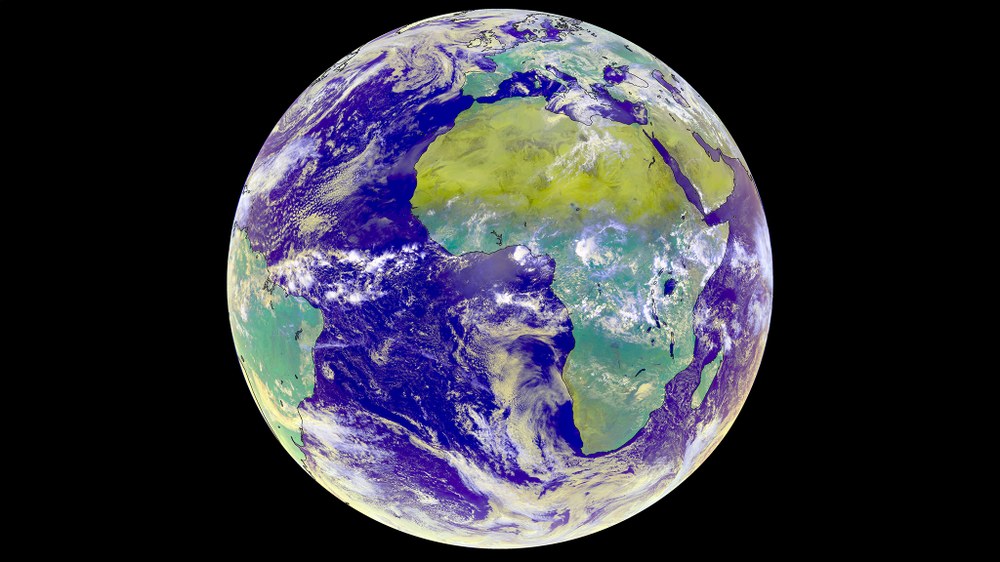Energy Systems Analysis
The Energy Systems Analysis department generates system-analytical knowledge, which we provide across sectors up to the global level and based in part on methods and modelling tools developed in-house.
In the Copernicus Earth observation programme, the European Union collects a large amount of geodata, which it makes available to the general public as public infrastructure – and therefore free of charge – as open data. This includes long-term time series of solar radiation as part of the Copernicus Atmosphere Monitoring Service (CAMS). As consortium leader, the Institute of Networked Energy Systems is making this data freely accessible in cooperation with a commercial provider. Companies from the energy sector are using it to develop new business models and services, for example in solar system monitoring, building management and electricity trading. The data is often used for location-specific yield forecasts for photovoltaic systems or for designing storage systems and electricity grids.

EUMETSAT/DLR
Data collection is based on geostationary weather satellites, which collect multispectral measurements from the visible and infrared spectral range every 15 minutes. Clouds are recognised and their thickness determined in order to determine how much solar radiation reaches the ground and how the radiation changes over time. Gases that absorb light (such as water vapour and ozone) and aerosol particles that absorb and scatter light (such as Saharan dust, pollen and air pollution) are also taken into account. Since the launch of CAMS in 2016, the collection and analysis of data has been continuously improved. In particular, the determination of the chemical composition of the atmosphere has become much more accurate.
The institute also uses artificial intelligence and various algorithms to calculate cloud cover and the thickness of cloud layers from the measurements taken by geostationary weather satellites. Radiation forecasts for the coming hours can be derived from this. This is being used operationally by various companies for a specific location of a solar park and is being evaluated for other applications such as the operation of the electricity grid for entire regions. A further improvement is expected with the introduction of the Meteosat Third Generation weather satellite programme. This provides multispectral images every ten minutes and with a much better spatial resolution than before.
On the user side, the data is valuable in various areas. Project planners use the radiation data from the past to derive planning principles for the location and technical design of new photovoltaic systems. Grid operators are currently investigating how they can optimise operations management using planning data as well as real-time data and short-term forecasts. Operators of storage systems, electrolysers or hybrid solar power plants with storage systems are also optimising their operational management and the marketing of their systems accordingly, for example by means of power purchase agreements specially adapted to the locations.
The more wind and solar energy is expanded, the more important it becomes to have a reliable planning basis in advance and forecasts of the generation capacity in the coming minutes, hours and days during operation. This is because a large number of players in the energy sector depend on this. Grid operators, for example, not only need to know at which locations in their operating area the feed-in from wind and solar parks will change in the short and medium term, but also the magnitude of the additional or missing feed-in. Only then can they react with appropriate measures to balance supply and demand in the electricity grid and stabilise grid operation.
But electricity traders also need such forecasts. This is because the electricity market is a futures market in which suppliers announce in advance what quantities of electricity they can supply on the following day, for example. If there is not enough electricity available due to weather-related fluctuations, suppliers have to procure the promised electricity from other sources, sometimes at high additional cost.
However, it is not enough to simply consult the weather forecast to produce accurate forecasts. The meteorological data must also be converted into concrete electricity yield forecasts and uncertainties must be determined according to the current weather phenomena. This is one of the most important tasks of energy meteorology.
